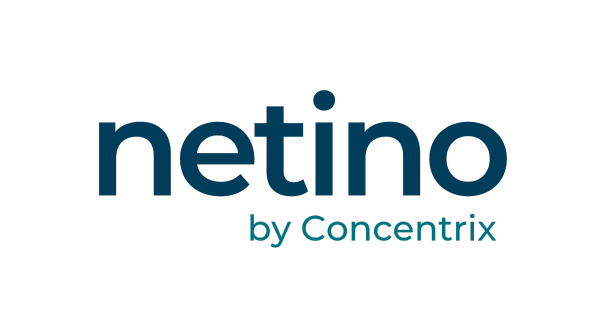Content Marketing: adopt the “less is more” approach
Your company is present on social media, you have something to say, a product to sell, and you want the whole world to know about it. An abundance of posts, a race for likes, excessive sponsorships, and chasing after subscribers are all traps that you are likely to fall into in the hope of growing your business. What if the key to good communication lay in selectivity?

| Quality vs Quantity
The quest for visibility of companies in this ocean of brands and publications that are social media pushes many of them to post every day, three or four times a day. Yet this is a common mistake: by posting too often, you drown your subscribers in information and blur your message.
On the one hand, all these solicitations make your brand appear too demanding in a universe where internet users are already over-solicited. How many ads do you come across per minute when scrolling on Facebook? How many really catch your attention? On the other hand, algorithms will not appreciate your approach either: not only will your posts of the day appear in disorder on your subscribers’ news feed, but some of them may simply fall through the cracks and never reach their target.
The solution? Reduce your sails! Publish quality and well-thought-out content sparingly. Each of your posts should have a clear message, a specific objective, and added value. The visual should be polished, and the content diversified and engaging. For most companies, the right compromise is one post per day. Reducing quantity allows you to increase the time spent on the remaining publications and increase their quality. The subscriber feels challenged by content that deserves their time and attention.
| The myth of “likes”
For several years, Facebook has punished “like-bating,” the act of asking your subscribers to like or comment on your post too explicitly. Today, several platforms are considering the possibility of hiding or changing the display of likes. This proves that this number should not be the priority of your communication strategy.
The “like” is losing its dominance on social media. For example, since the recent updates to its algorithm, Instagram values content shared in stories or private messages more than those liked and commented on: your post may have 100 likes, but you will not be more visible than a post shared 100 times. And that’s good news! By working on your content with a perspective of sharing and dialogue between you and your subscribers, but also between subscribers, your message will be disseminated even more effectively.
Do you feel like your posts are flops? Don’t be too hard on yourself. Know that the average engagement rate on Facebook is 1% of its organic reach: any engagement higher than this rate is a success!
| A community that reflects your image
The last thing you want is to have thousands of subscribers on your page but engagement that is flatlining. For this, it is important never to confuse “number of subscribers” and “community.” Because the power of your page lies in the quality and dynamism of the dialogue with internet users.
2021 marks the end of B2B dialogue on social media. As a company, what you want to reach is not really another company: it’s the decision-maker behind the brand. Getting noticed by them involves a fundamentally B2C dialogue. Your goal? Make them fall in love with your brand through authentic dialogue.
Of course, sponsorship remains an essential practice on social media during large-scale campaigns. Once again, aiming broadly is a mistake: defining your target as precisely as possible will ensure that you attract exactly the customers you want to address, those who are likely to become active members of your community. Find prospects, not just subscribers; go after people interested in your company, product, service, or values. A loyal customer on social media is worth 1000 purchased subscribers.
| Present everywhere, visible nowhere
As soon as a new platform emerges, companies’ reflex is to jump headfirst into this new communication channel. This requires resources and energy for sometimes disappointing results, for two main reasons: your content is not adapted to the audience present on the platform and needs to be tailored to the specific social network’s codes, or your product simply doesn’t find its target there. And that’s okay!
Dare to choose the networks you invest in based on your customers and objectives and skip those that do not fit you. If TikTok’s audience is not yours, or if the application does not fit your image or values, then do not force yourself to set up there. Your time is precious, your voice as well: use both wisely.

N'hésitez pas à partager cet article !
"Content Marketing: adopt the “less is more” approach"

